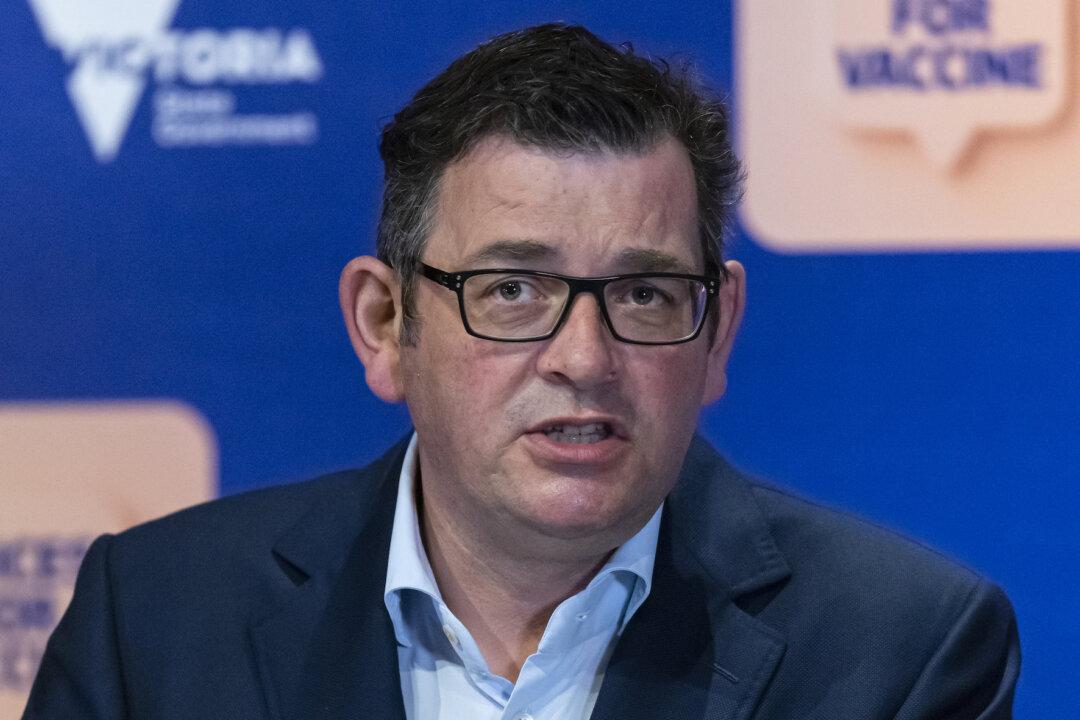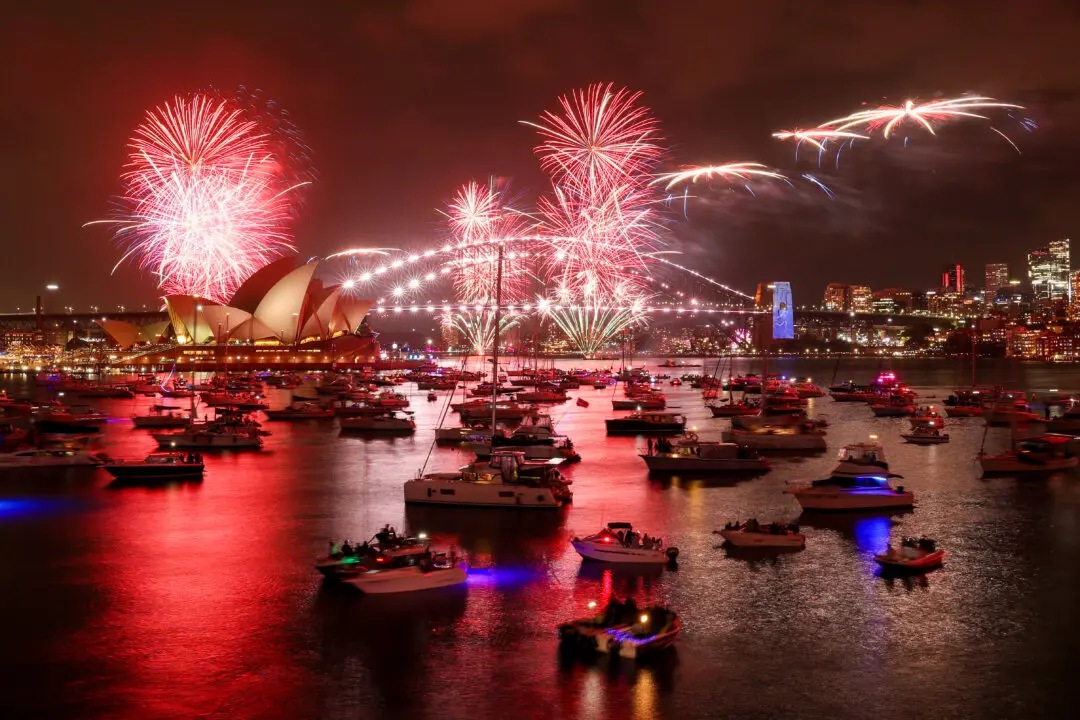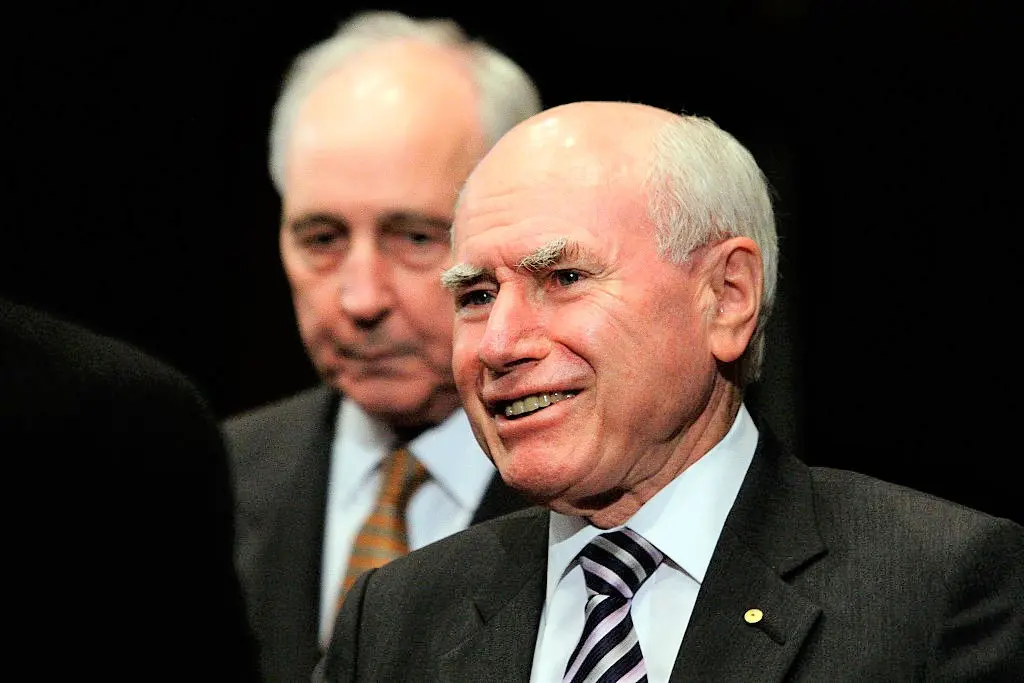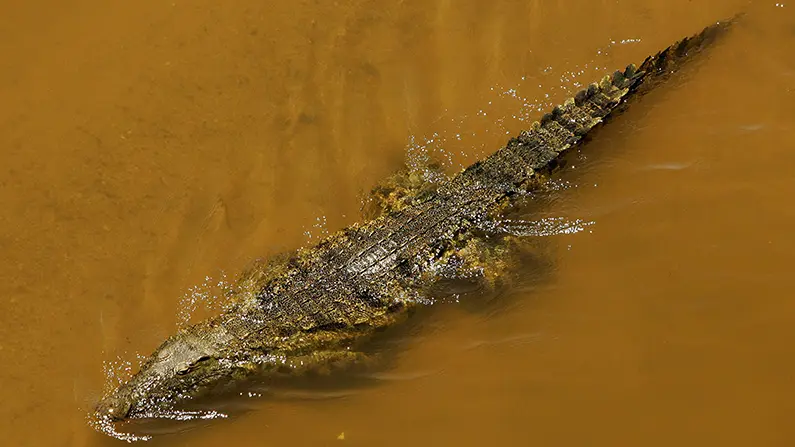Melbourne’s controversial curfew will be scrapped, with people able to travel up to 25 kilometres and have a beer outside the pub once 70 percent of Victorians aged over 16 are fully vaccinated against COVID-19.
But the most substantial changes to the state’s restrictions will not be made until 80 percent of people are immunised, in line with discussions in national cabinet and reopening plans in NSW. The 80 percent mark is forecast to occur about Nov. 5.





